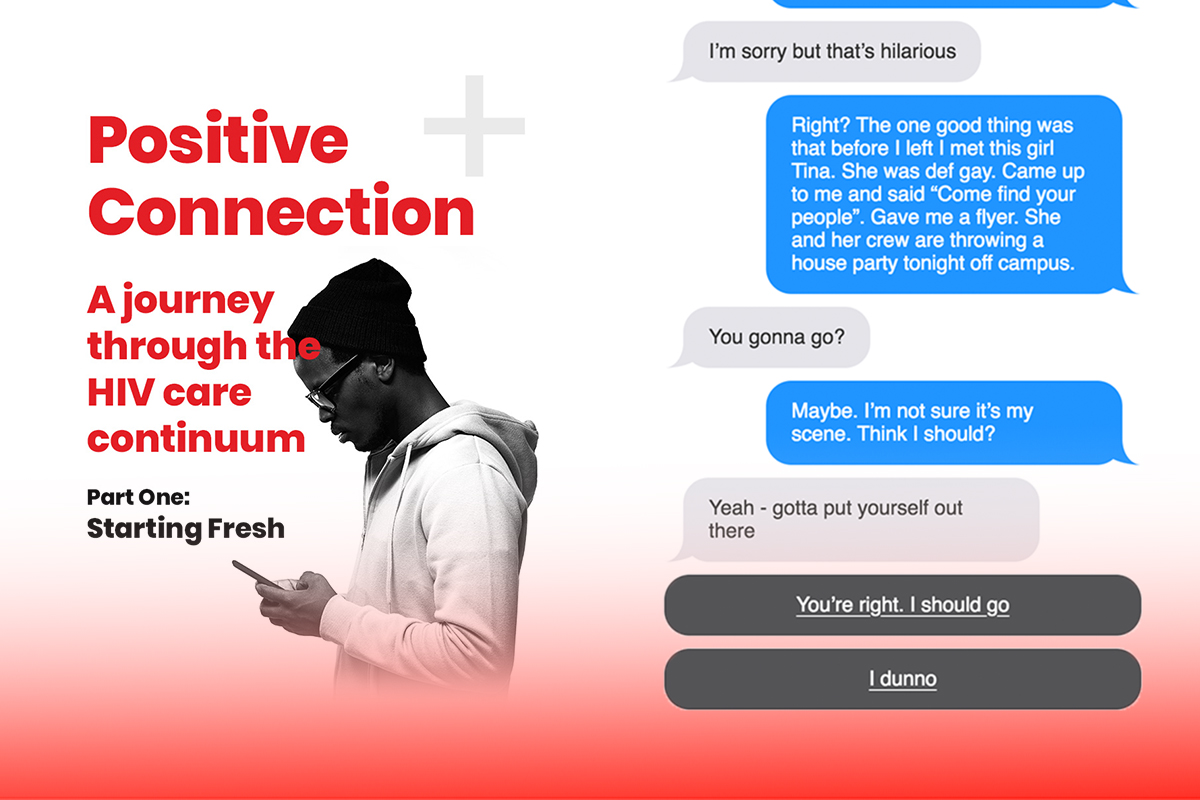
Can We Avoid Burnout?
We often use the term “burnout” as a vague label for an exhausting day or week of hard work, but actual burnout is more than

Most leaders of not-for-profit organizations are well acquainted with the constant conflict between a deep desire to do your utmost to advance your mission and the harsh reality of limited resources.
You’re trying to make every dollar stretch as far as it will go and you’re trying to satisfy the expectations of funders and all those involved in your cause. So you do the research, analyze the information, and create and distribute reports or guides to educate the public.
You hope those reports have the desired impact. But at the same time you know it’s incredibly difficult to make your organization’s voice heard amongst all the competing interests out there. And you know it’s difficult to demonstrate the impact your efforts are having when it comes time to report back to funders or write that next grant application.
It’s even harder – and seems riskier – to go beyond reports and try something different when there is so much at stake.
The reality is that research IS essential and reports have their place. There are a number of reasons why reports have long been considered the gold standard in public education:
So far, so good. But the fact is that traditional reports also have many significant limitations:
We know that change happens when people DO something different, not when they simply KNOW more. In a nutshell, this is the main failing of reports – they don’t enable people to do something new.
Here are ways that people can do something different – steps that are small, incremental and vitally important for building momentum for a campaign or a cause:
So, how can not-for-profits encourage people to take steps that create real behaviour change?
Marcus’s story (currently in beta) is an interactive learning experience to create awareness and reduce the spread of HIV among college students.
For example, we’ve designed a number of reports for the Human Rights Campaign, including Making HIV History: a Pragmatic Guide to Confronting HIV at HBCUs.
One idea we’ve proposed to increase the impact of this important report is Marcus’s story, which is a text chat between several characters.
Marcus’s story targets a specific audience – college administrators, who are in a position to make a significant impact towards the goal of an HIV- and AIDS-free generation. It is designed to create empathy for students living with HIV on college campuses and would be part of a larger public education campaign to create awareness and reduce the spread of HIV among college students.
Immersive learning experiences like Marcus’s story can be used to model best practices for preventative health care, HIV campus policies and more. In this way, administrators could gain the practical tools and resources they need to reduce the risk of HIV on college campuses, increase HIV awareness and prevention, and provide better support for students living with HIV.
Want to keep learning? Sign up to Try Learning Snippets or sign-up for our weekly Sunday Snippets newsletter to stay up-to-date on best practices for diversity, inclusion and equity in the workplace.

We often use the term “burnout” as a vague label for an exhausting day or week of hard work, but actual burnout is more than

At Dialectic, we think a lot about DEI, soft skills, and leadership training that makes organizations more inclusive and human-friendly. When we team up with

Ageism commonly affects women over 40 in the workplace. In spite of their tremendous wisdom and experience, women over 40 may be passed over for
Dialectic helps organizations improve the way people work, learn, and collaborate through person-centred design and the latest in social science.

Does your team struggle with soft skills?
Use our app or upload Snippets to your LMS to build better habits in minutes with scenario-based microlearning.
Sign up for our weekly roundup of the latest on DEI, leadership, collaboration, and learning science.
© 2024 Dialectic. All rights reserved. | Contact Us | Privacy Policy | Terms of Use | AODA Statement
See how easy it is to activate soft skills in your organization. Soft skills training on 3 key topics: DEI, Leadership, and Collaboration.